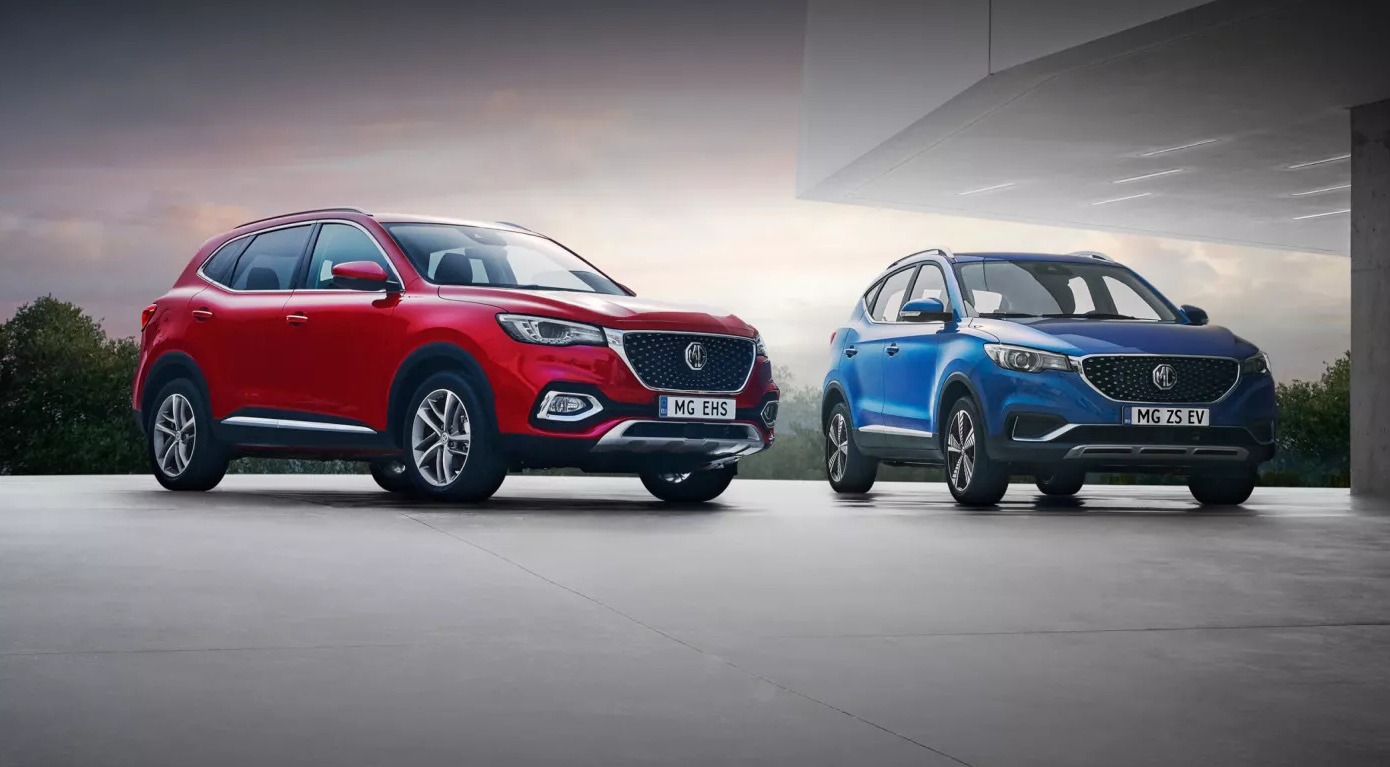SAIC Motor managed to retain its position as China’s largest car company for the 15th straight year with total sales of 5.6 million vehicles in 2020. Apart from making cars under several joint ventures with renowned brands such as Volkswagen, the state-owned automaker based in Shanghai also develops and manufactures its own batteries. In 2017, the company joined forces with CATL, which is the largest manufacturer of lithium-ion batteries in China and one of the five largest in the world.

The outcomes of the collaboration between the two companies trickle down to a range of electrified models produced by subsidiaries of SAIC including MG Motor. The British marque currently offers the ZS EV and EHS Plug-in Hybrid in several markets around the globe such as China, Europe and India. According to SAIC, the batteries deployed in both the models are highly advanced and feature an impressive level of safety and durability.
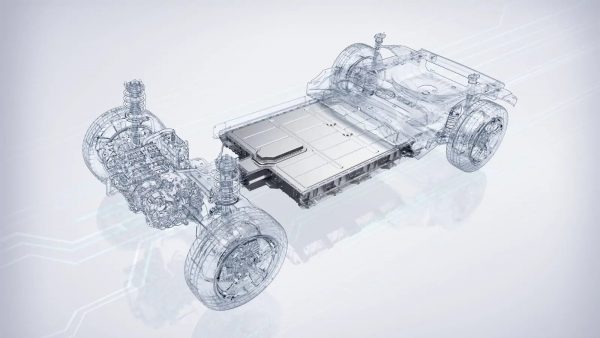
SAIC says one important highlight of its battery is the thermal management system. Comprising a coolant hose, cold plates and thermal pads, the system helps keep the battery at the optimum operating temperature, which is around 20 degrees Celsius. The thermal management system is encased in an aluminium alloy casing designed to be strong but lightweight. This results in a slim and high density packaging.
The safety of the battery in the ZS EV and EHS has also reached the so-called “L0 level”, which is capable of preventing thermal runaway from spreading out of the battery pack. Thermal runaway occurs when the temperature of a cell increases rapidly due to several factors such as thermal failure, mechanical failure or short circuiting. In this situation, SAIC assures that the battery pack will emit smoke but not catch fire thanks to the flame retardant insulation.
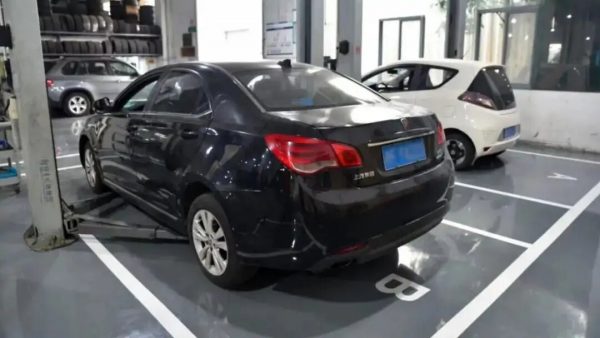
SAIC boasts that its battery technology has always been excellent. Recently, the company found a Roewe E550, a plug-in hybrid sedan manufactured by another subsidiary of SAIC, with 575,000 km on its odometer. The battery was taken out and sent to Tsinghua University to be inspected. The university found that after eight years of usage, the battery still offers 85% of its maximum capacity. That is impressive considering that it has been charging and discharging under different working conditions. On top of that, because its capacity is smaller compared to a battery in a fully electric vehicle, the charging and discharging current is also larger.
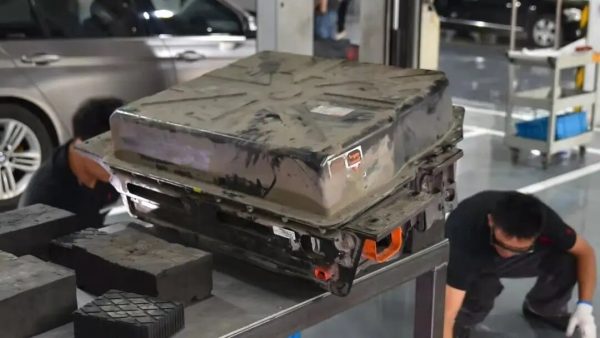
ZS EV & EHS Plug-in Hybrid
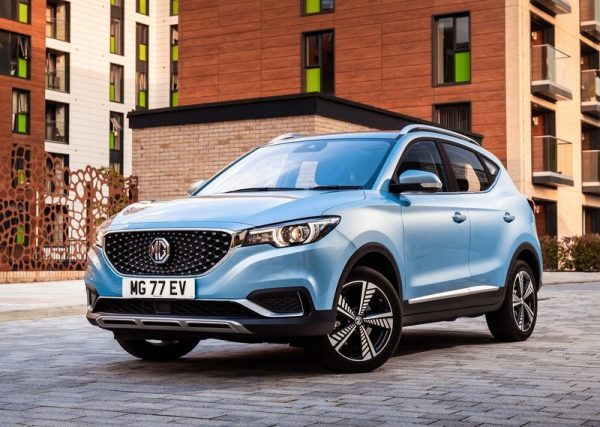
Introduced in October 2019, the MG ZS EV (also known as the eZS, depending on where it is sold) is a compact SUV powered by a 44.5-kWh battery that gives it 140 hp/353 Nm and a combined operating range of 263 km. Charging from 0 to 80% takes approximately 30 minutes.
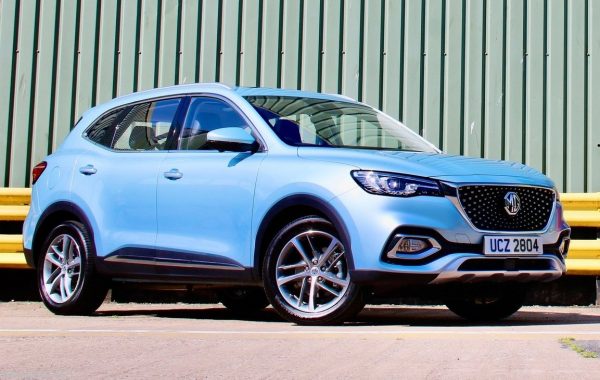
Meanwhile, the EHS Plug-in Hybrid combines a 1.5-litre turbo petrol engine with a 90 kW electric motor for a total system output of 258 hp and 370 Nm. A 16.6-kWh lithium-ion battery allows the SUV to drive solely on electric power for up to 52 km. The battery can be fully charged in 4.5 hours using its 3.7 kW on-board charger.

